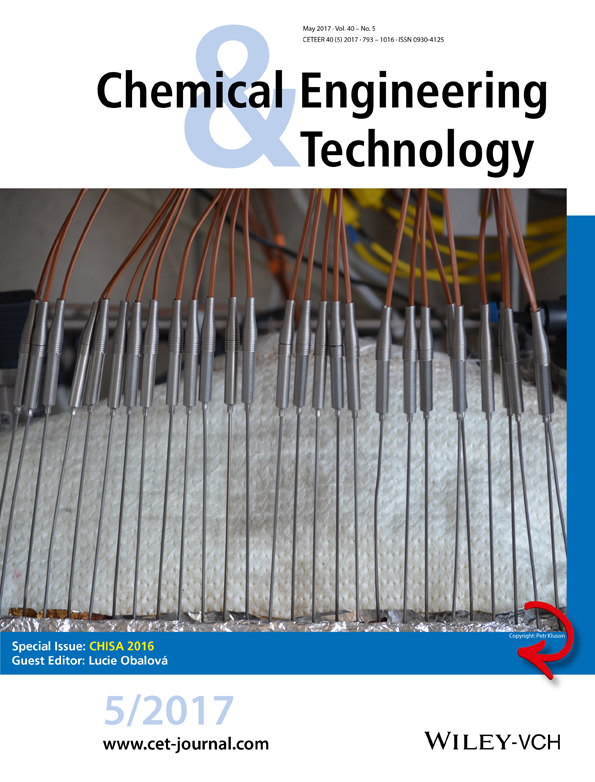Substitute Composition of Naphtha Based on Density, SIMDIST, and PIONA for Modeling of Steam Cracking
Abstract
Despite rigorous models of the steam cracking processes being available for simulation of naphtha cracking, the simulation is often carried out using limited characterization of such a feedstock due to unavailability of detailed composition at the time when the simulation is required. A method was developed for generation of substitute naphtha composition meeting specified properties. Sets of alternative compositions were generated, matching the density, distillation curve, and optionally PIONA of real naphtha feedstocks. Its cracking product yields were calculated using a validated cracking model. Simulated product yields were evaluated in terms of result variability and deviation from the experimental data, depending on the level of available feedstock characterization.




